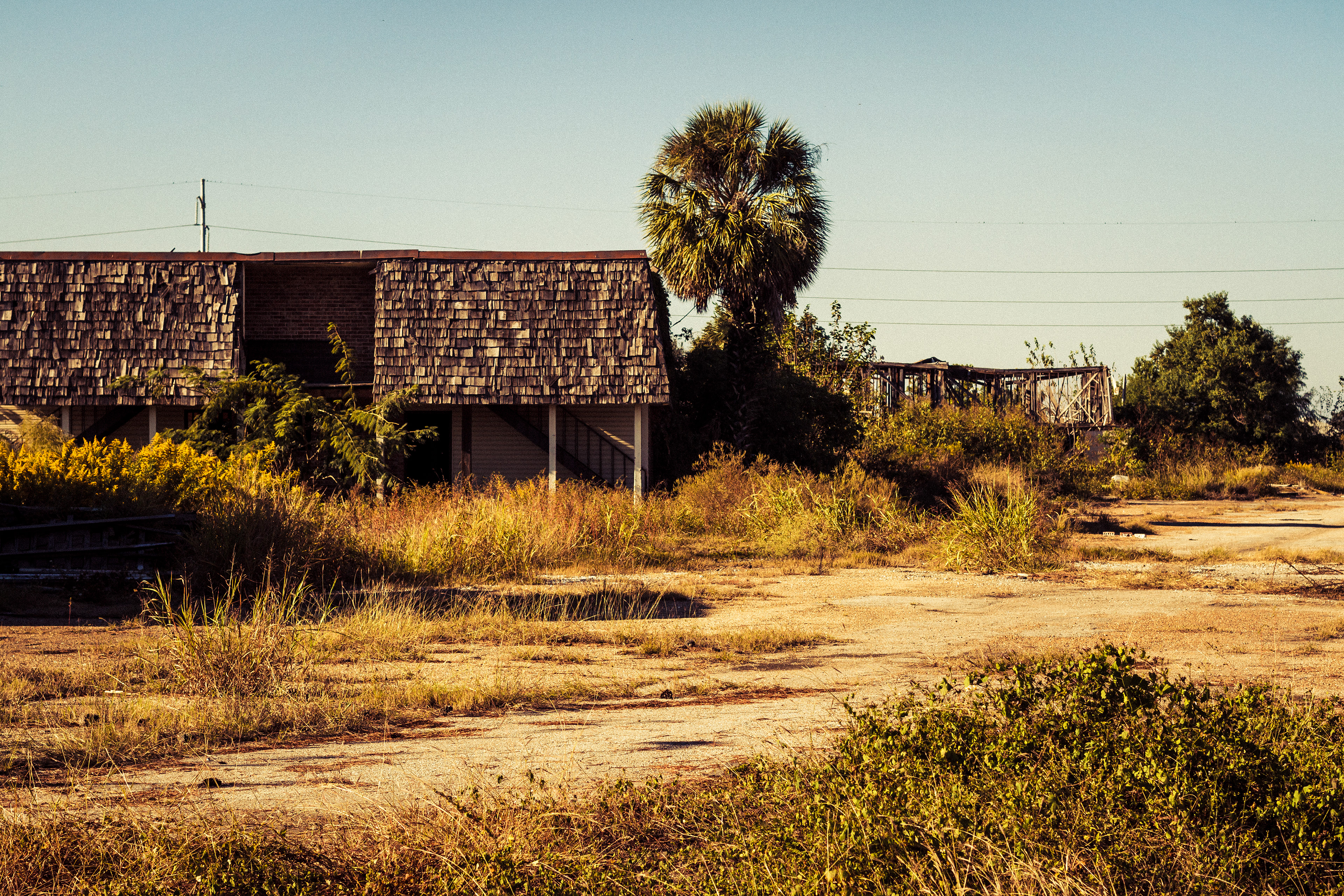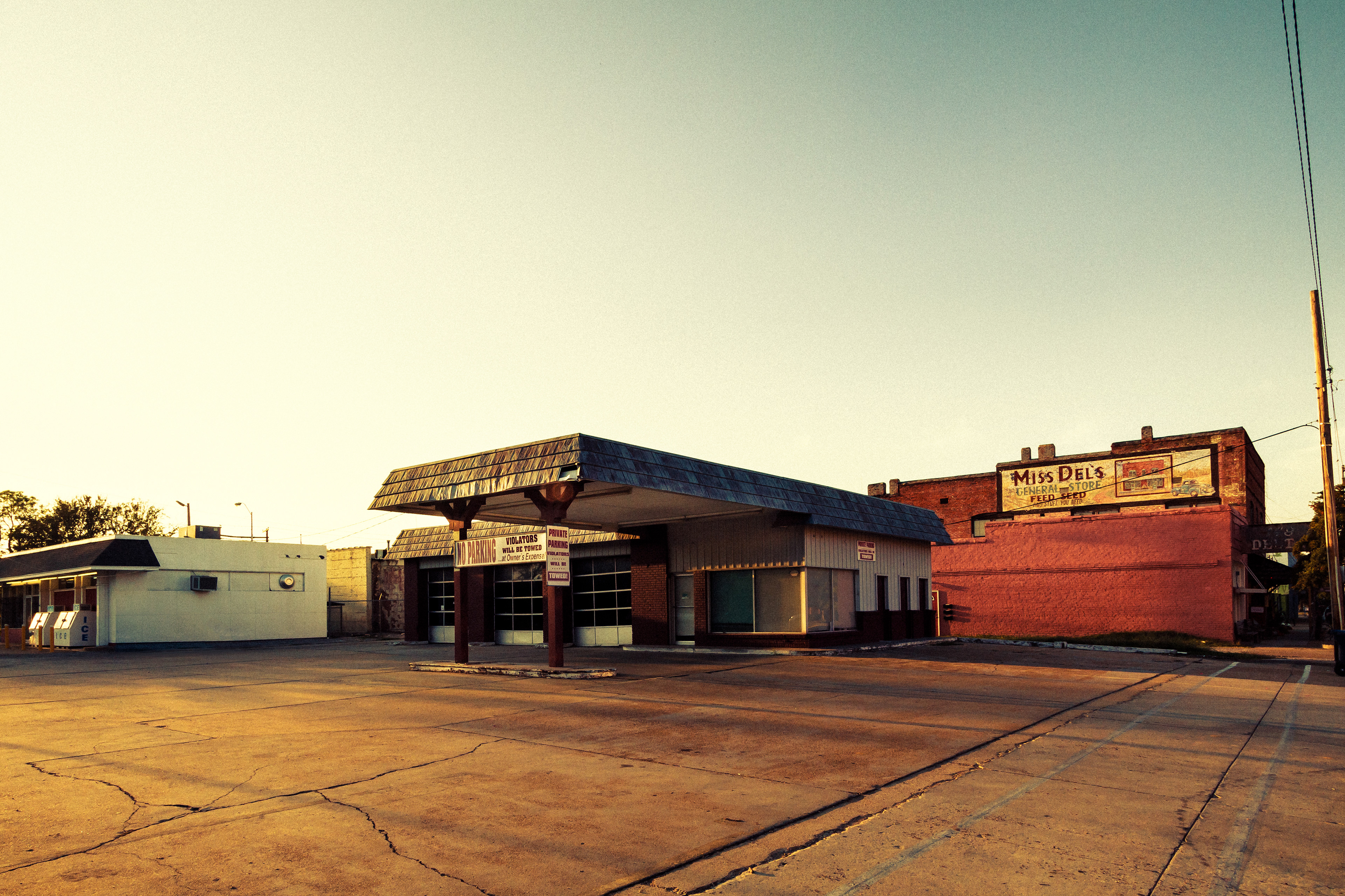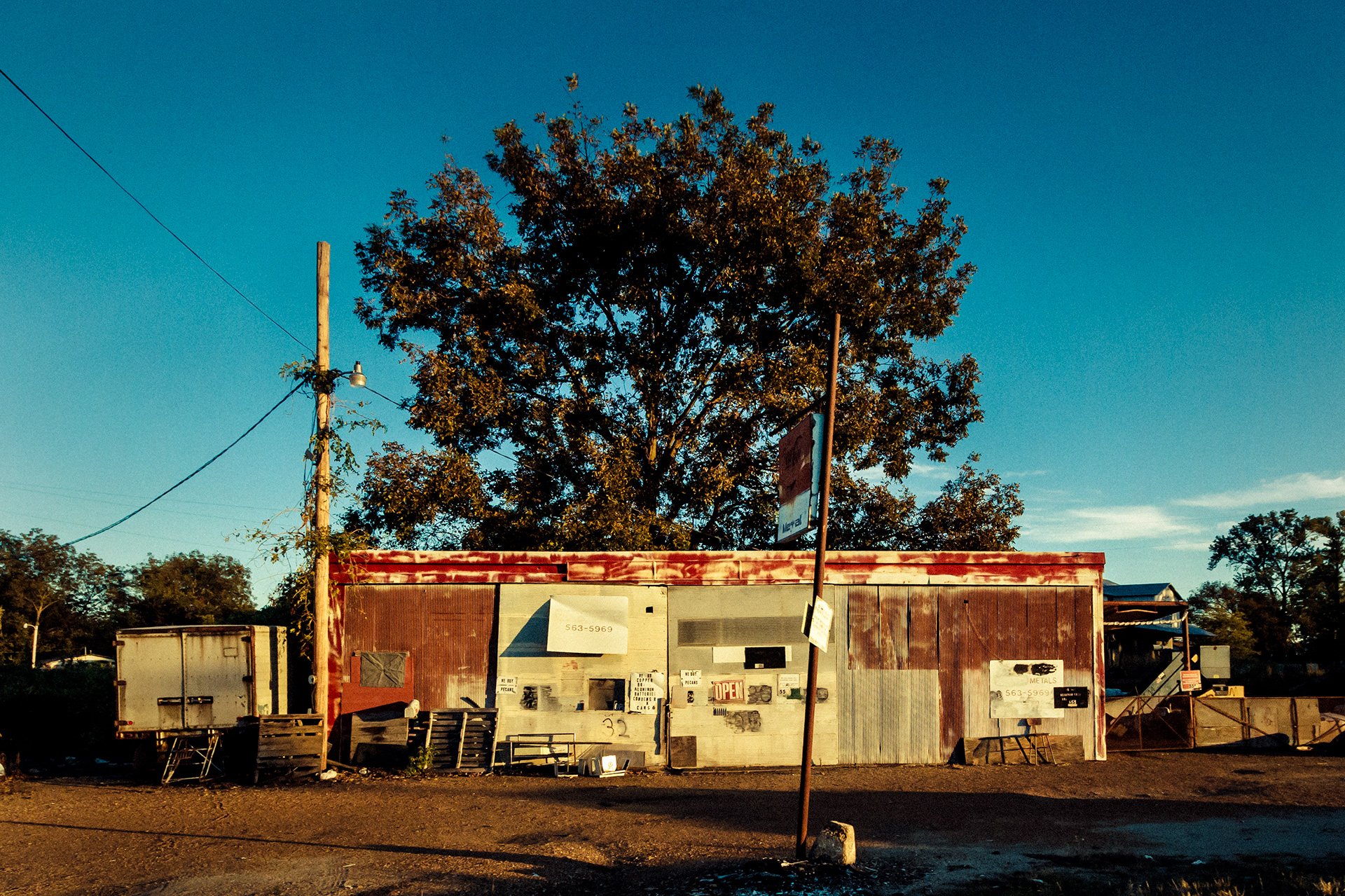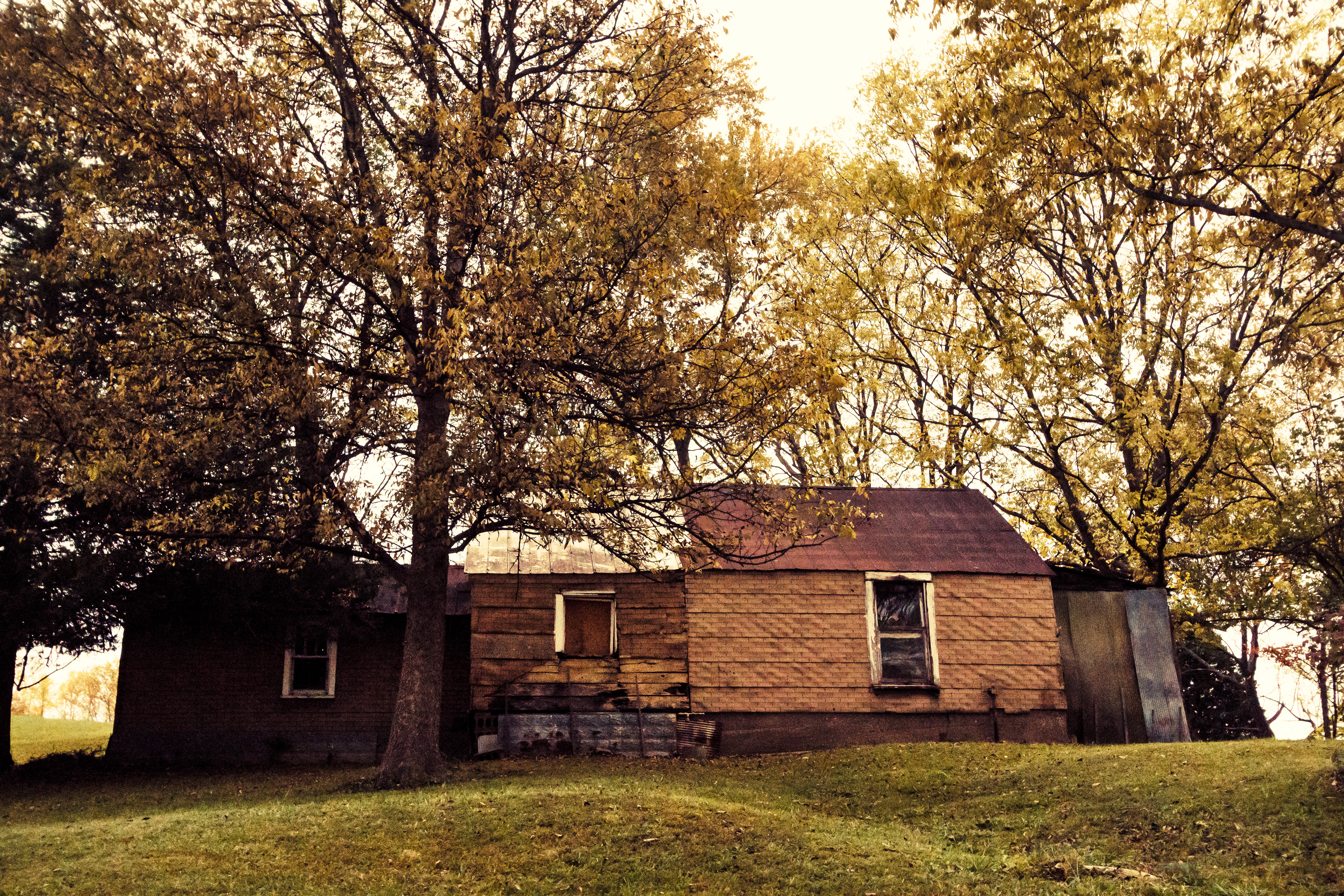In October 2011, we traversed the United States along the US-61, from South to North, following the banks of the Mississippi River. Historically, this route was used as a way of transportation for African Americans enslaved who, starting from New Orleans, headed towards the Northern plantations.
Along this path, we encountered a reality vastly different from that promoted by the cultural mainstream in the U.S. We found abandoned cities, destroyed houses, desolate areas, revealing a rural exodus caused both by constant natural disasters and the lack of government structural support, as well as the failure of the old American Dream. Vast empty spaces, dilapidated constructions, deserted roads, perhaps signaling the impending economic collapse.
Our main focus was to document that society through the portrayal of its constructions. Through the principle of documentary record, inherent miniaturization in the photographic process, we were able to collect them.
We chose not to pinpoint locations precisely because we were not interested in the specific stories of each construction but rather the stories we could create through the lack of references in each image. Thus, we suggest to the viewer the possibility of experiencing the creation of new associations between the photograph and memory, between the presented images and their own recollections, experiences, and fantasies.
A vast photographic work, without exact references, without any human physical presence in the images, developed around the poetics of emptiness, constructions, landscapes, and fantasy. The only guiding lines of this collection of images are the Mississippi River, the US-61, and the blues' sung sorrows.
This project was developed by Márcia Bellotti and Luiza Porto.
































